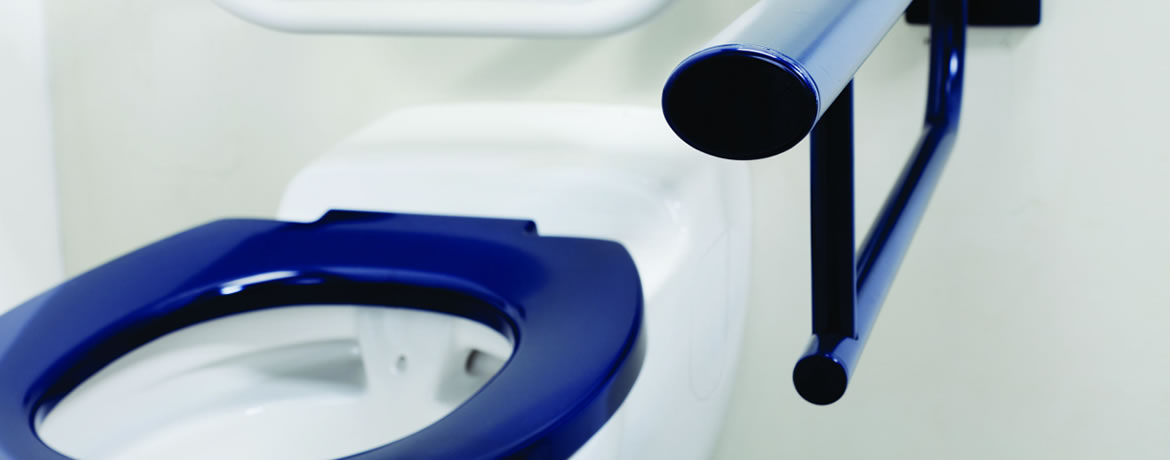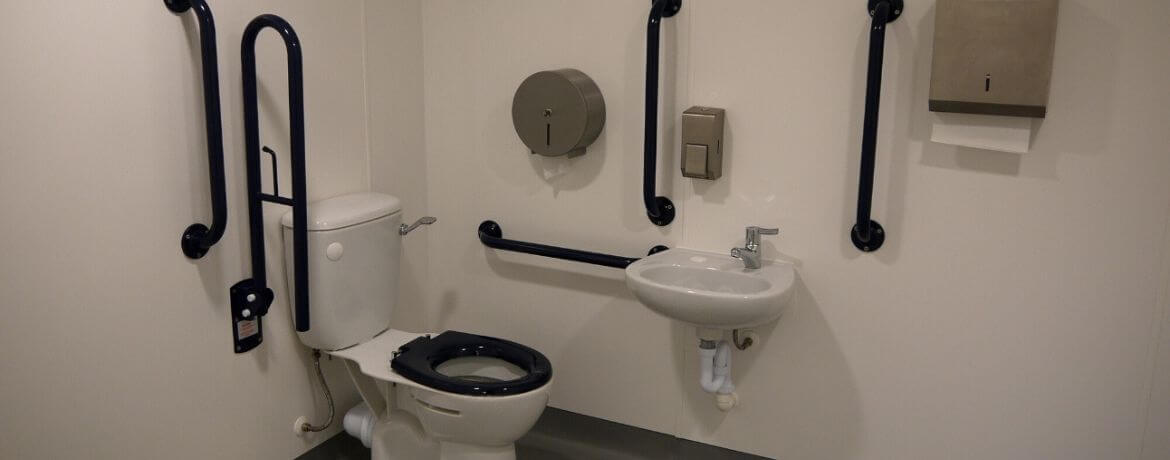Washrooms Accessible For All
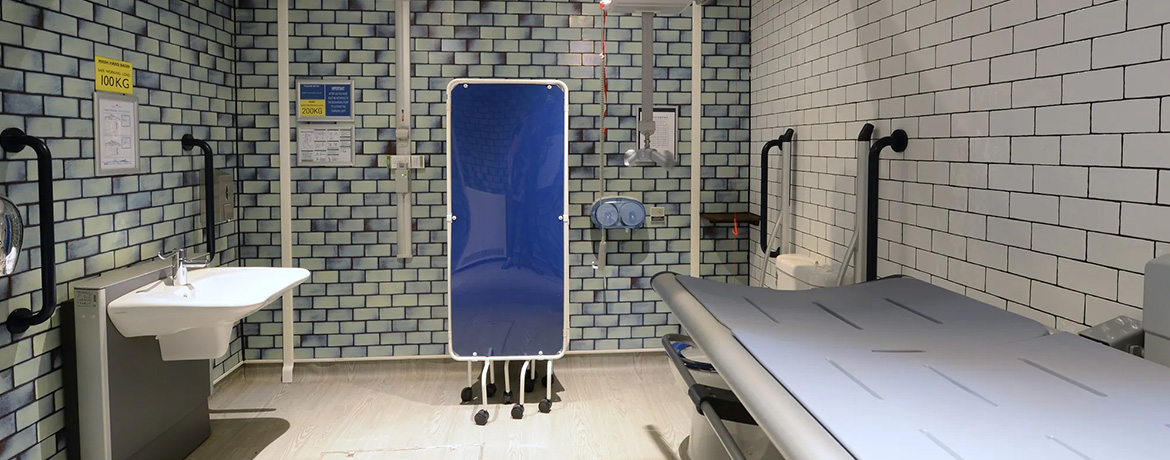
While your standard disabled washroom caters for some disabilities, there are further steps that are being made in washrooms to improve the usability for sufferers of many other common disabilities.
Although Document M of building regulations gives criteria for disabled washrooms, this is the bare minimum and there are many steps that can be made to improve your disabled wash space.
Disabled Signage
The supermarket ASDA has recently rolled out a new initiative to ensure the washrooms in over 400 of its stores have new signs that bear the words ‘not every disability is visible’, a strong move that puts certain sufferers at ease when using the facilities, particularly the ones who on the first appearance may appear fit and well.
Sometimes, the things that sound obvious are often the ones most overlooked. An expert in Dementia recently spoke out about the need for exit signs in washrooms. The need to direct some sufferers back out of the washroom is often vital and can reduce panic and unnecessary stress. Even an arrow indicating where to go can be helpful.
Caution for hand dryers
The sound of hand dryers can have a disruptive effect on those suffering from autism and so even when hand dryers are installed in the other washrooms, paper hand towels are best offered in your accessible washroom.
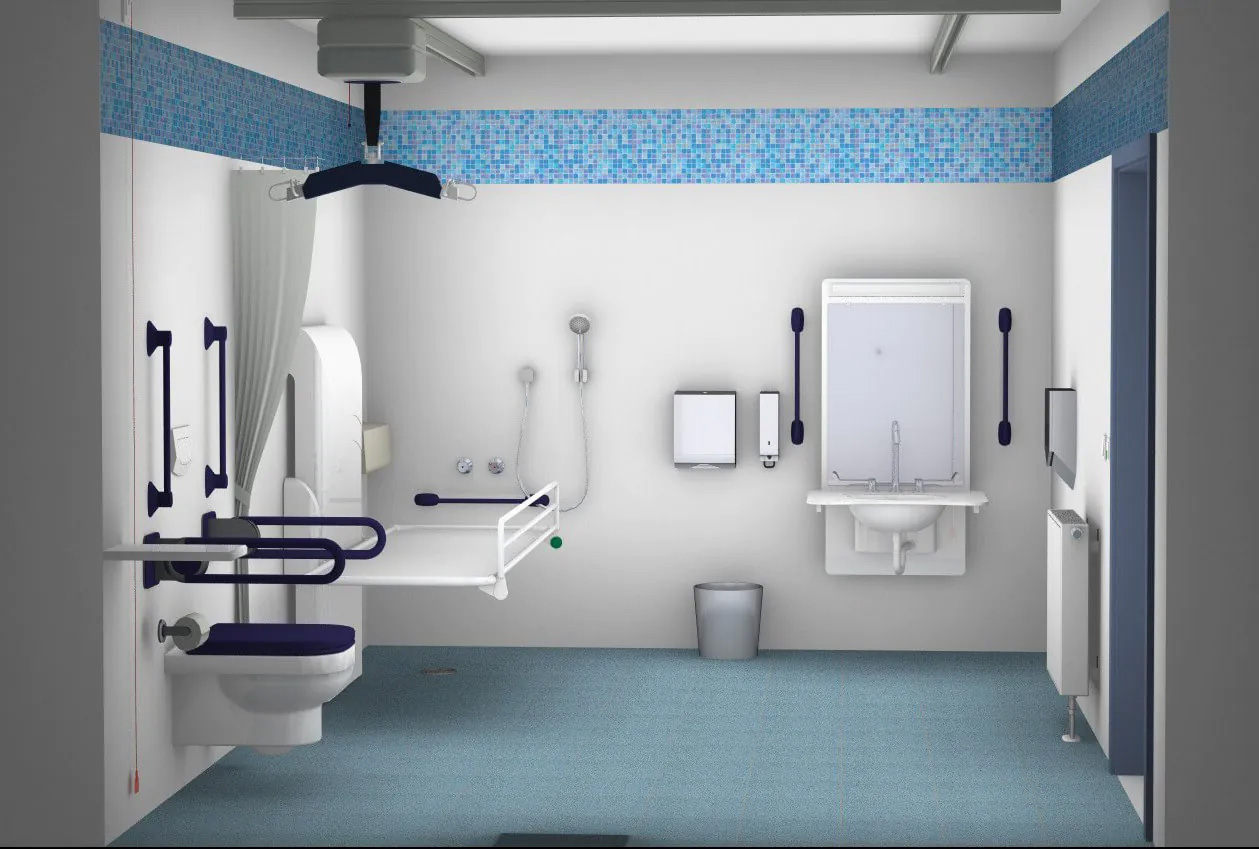

Helping carers and those with disabled children
Over a quarter of a million people in the UK can’t use standard toilets with many of them requiring changing facilities of a more advanced nature. For parents and carers with disabled children, or those caring for both young and grown adults, a height-adjustable changing bench is essential when visiting the bathroom, as is a hoist.
Changing Places is an organisation that has been set up to encourage businesses to install comprehensive disabled washrooms and also lists them on a national map and database, helping disabled users and carers to plan their trips ahead of leaving the house. There are various types of funding available to help with the installation of this type of washroom and if you have one already, you can have yours listed within the Changing Places website and database.
This type of washroom is now recommended for larger buildings and complexes, including railway stations, airports and motorway services.
It is also recommended to install this type of facility in new build sport and leisure facilities, cultural centres event stadiums and auditoriums and shopping centres, as well as educational and health facilities.
If you would like to talk about washrooms that cater to all disabilities, get in touch and we’ll be happy to talk over the kind of solutions that are available to you.
The Colostomy shelf
People that use a colostomy bag can often find using commercial washrooms difficult, so the inclusion of a shelf next to your disabled toilet can go a long way to helping them be more comfortable.
Never overlook space
Room to manoeuvre is imperative and thought needs to be given not only to the wheelchair user but also accompanying carers. When you design the washroom, you need to make sure that the toilet and potential changing bench both have ample ‘transfer space’ alongside them. This is the area used by wheelchair users to manoeuvre up and out of their chair, and across onto the toilet. This transfer space should be on the same side as the drop-down grab rail.
Taps
Some users might have trouble using their fingers and hands and so conventional taps can be tricky to operate. Sensor taps remove the need to physically touch, turn or twist anything and allow people with problems like arthritis to wash their hands much more comfortably. Sensor taps also bring the added advantage of hygiene improvement, as users don’t need to physically touch the tap to use it.
Security measures
The security of your disabled washroom might be of concern to some establishments, depending on their locality and history of vandalism and damage. However, we recommend the use of the RADAR lock. The Royal Association for Disability and Rehabilitation (RADAR) operates a National Key Scheme, which means only registered disabled users who possess a RADAR key can access them. This provides a solution to vandalism but can exclude those disabled users who do not have a RADAR key.
If you'd like more information on whether a RADAR locking system is right for your business or organisation, please get in touch.
Contrasting colours
For the visually impaired, solid white and off-white colours in the washroom can be difficult to separate and make out. For this reason, it’s advised that you contrast colours in the disabled washroom environment. You’ll notice that most disabled toilets will be white and come with a black seat so to clearly define the item. The same is advised for the walls – if white sanitary ware is being installed, then it’s a good idea to make sure the wall covering is a starkly different colour.
There are many articles regarding this subject, although if you have something more specific you’d like advice on please don’t hesitate to get in touch, on 01202 650900, and we’ll be happy to help.
Got a question? Get in touch
MORE TO EXPLORE IN Related Posts
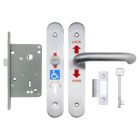
RADAR Disabled Door Lockset In Polished Aluminium
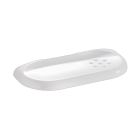
Premium Anti-bacterial Duraplast Colostomy Bag Shelf
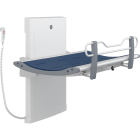
Pressalit 3000 Showering and Changing Table with Electric height Adjustment

Pressalit PLUS Electronically Height Adjustable Bracket with CURVE Wash Basin Pack
As low as £2,700.00 £2,250.00




